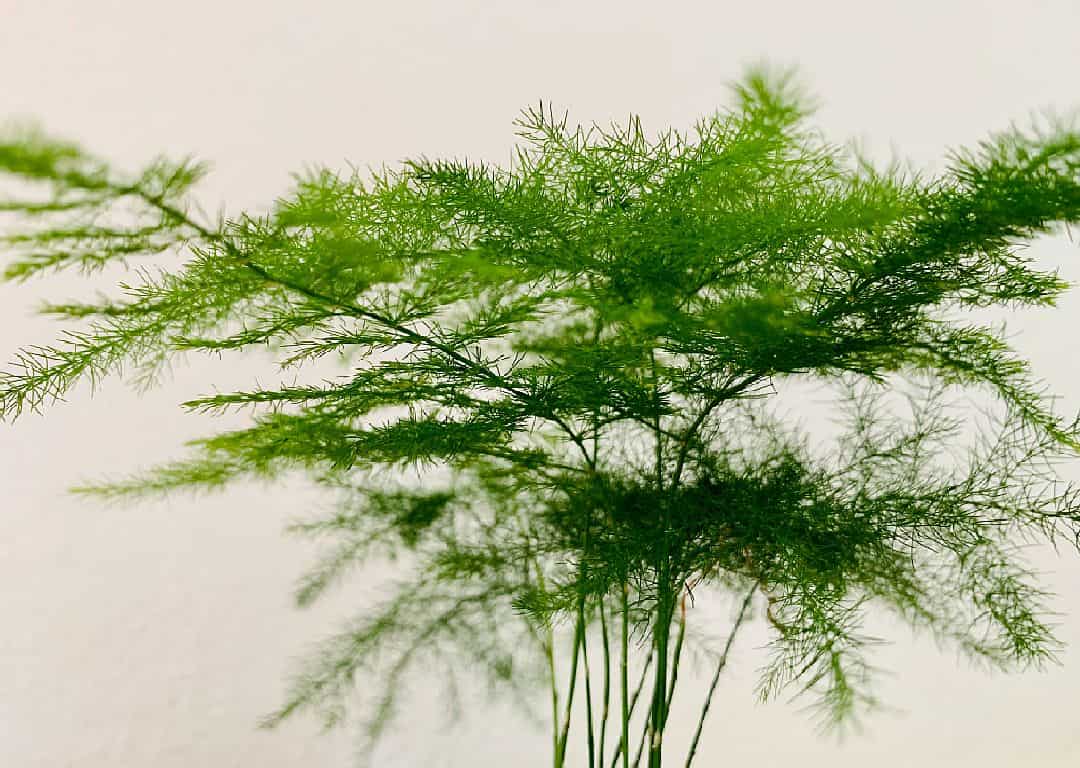Welcome to the world of indoor gardening! Whether you’re a seasoned gardener or new to the hobby, indoor gardening is a great way to bring some life and greenery into your home or office. Not only is it a fun and rewarding hobby, but indoor plants also offer a range of benefits, from improving air quality to reducing stress and boosting mood. In this blog post, we’ll cover the basics of indoor gardening, from choosing the right plants to caring for them, and everything in between.
Choosing the Right Plants
Before you get started with indoor gardening, it’s important to choose the right plants for your space. Some plants thrive in low-light conditions, while others require more light. Some are easy to care for, while others require more attention. Here are a few factors to consider when choosing plants for your indoor garden:
Light: Different plants require different levels of light. Some, like snake plants and pothos, can tolerate low light conditions, while others, like succulents and cacti, need bright, direct light. Consider the amount of natural light in your space when choosing plants.
Care: Some plants are easy to care for, while others require more attention. If you’re new to indoor gardening, you may want to start with plants that are easy to care for, like spider plants or philodendrons. As you gain more experience, you can experiment with more challenging plants.
Size: Consider the size of the plant and the pot it will be housed in when choosing plants for your indoor garden. Some plants, like ferns and palms, can grow quite large, while others, like succulents, stay small.
With these factors in mind, here are a few great indoor plants to consider for your indoor garden:
Spider Plant: This easy-to-care-for plant is a great choice for beginners. It can tolerate low-light conditions and doesn’t require frequent watering.
Snake Plant: Another low-maintenance option, the snake plant can survive in a variety of light conditions, from low light to bright, indirect light.
Pothos: Pothos is a trailing plant that’s perfect for hanging baskets. It can tolerate low-light conditions and doesn’t require frequent watering.
Succulents: Succulents come in a range of shapes and sizes and are perfect for those who want a low-maintenance plant. They require bright, direct light and infrequent watering.
Ferns: Ferns are great for adding a touch of green to your indoor space. They prefer bright, indirect light and require regular watering.
Caring for Your Indoor Plants
Now that you’ve chosen the perfect plants for your indoor garden, it’s time to start caring for them. Here are a few tips to help you keep your indoor plants healthy and thriving:
Watering: Different plants require different amounts of water. As a general rule, most indoor plants prefer to be watered when the top inch of soil is dry to the touch. Be careful not to overwater your plants, as this can lead to root rot.
Light: As we mentioned earlier, different plants require different levels of light. Make sure to place your plants in the right spot to ensure they get the light they need. If your plants aren’t getting enough light, you may need to supplement with artificial light.
Humidity: Many indoor plants prefer a humid environment. You can increase humidity by misting your plants with water, placing a tray of water near your plants, or investing in a humidifier.
Fertilizer: Most indoor plants benefit from occasional fertilization. Look for a balanced, all-purpose fertilizer and follow the package instructions for how much to use and how often to apply.
Pruning: Regular pruning can help keep your plants looking their best. Remove dead or yellowing leaves and stems to encourage new growth.
Pruning your indoor plants not only helps to keep them looking neat and tidy, but it can also promote new growth and prevent the spread of pests and diseases. Here are a few more tips for pruning your indoor plants:
- Use clean, sharp tools: Before you start pruning, make sure your tools are clean and sharp. Dirty or dull tools can damage your plants and introduce pests and diseases. Use a clean, sharp pair of scissors or pruning shears to make clean cuts.
- Identify the areas to prune: Take a close look at your plant and identify any dead, damaged, or diseased leaves and stems. These should be removed first. Then, look for any branches or leaves that are crowding the plant or growing in an unwanted direction. These can also be pruned to promote a more attractive and healthy plant.
- Cut at the right angle: When making a cut, angle your scissors or pruning shears away from the plant and make a clean cut. Avoid tearing or pulling at the stem or leaf, as this can damage the plant and create an entry point for pests and diseases.
- Don’t prune too much at once: While pruning is important for keeping your plant healthy, it’s important not to overdo it. Avoid pruning more than one-third of the plant at a time, as this can stress the plant and affect its growth.
- Dispose of pruned material: Once you’ve finished pruning, dispose of the pruned material in a compost bin or trash can. Do not leave the pruned material lying around, as this can attract pests and diseases.
In addition to regular pruning, it’s important to keep an eye out for signs of pests and diseases. If you notice any unusual spots, discoloration, or other signs of damage on your plants, it’s important to take action quickly. Using a solution of 1 part peroxide and 2 parts water usually does the trick on most things even fungus gnats!
Overall, pruning is an important part of indoor plant care. By taking the time to prune your plants regularly, you can promote healthy growth, prevent the spread of pests and diseases, and keep your indoor garden looking its best.
Conclusion
Indoor gardening is a great way to bring the beauty of nature into your home all year round. Whether you’re looking to add some greenery to your space or grow your own herbs and vegetables, indoor gardening can be a fun and rewarding hobby. Plus, it’s a great way to improve indoor air quality and add some life to any room.
One of the great things about indoor gardening is that you don’t need a lot of space to get started. Even if you live in a small apartment, you can still grow a variety of plants. All you need is a sunny window or some artificial lighting, and you can create your own little oasis.
When it comes to choosing plants for indoor gardening, there are plenty of options to choose from. If you’re looking for easy-to-grow plants, try succulents, spider plants, or pothos. These plants don’t require a lot of water or light, making them ideal for beginners. If you’re looking to grow your own food, consider herbs like basil, cilantro, and mint, which can be grown in small containers on a windowsill.
In order to be successful at indoor gardening, it’s important to choose the right potting mix and containers. Most indoor plants prefer well-draining soil that’s rich in organic matter. You’ll also want to make sure your containers have drainage holes to prevent water from sitting in the bottom of the pot and causing root rot.
Another important factor in indoor gardening is lighting. Most indoor plants require at least six hours of bright, indirect sunlight a day. If you don’t have a sunny window, you can use artificial lighting like grow lights to supplement natural light.
Finally, be patient and enjoy the process of indoor gardening. Plants grow at their own pace, and it can take some time to see results. But with a little bit of effort and care, you can create a beautiful and thriving indoor garden that will brighten up any space in your home.

